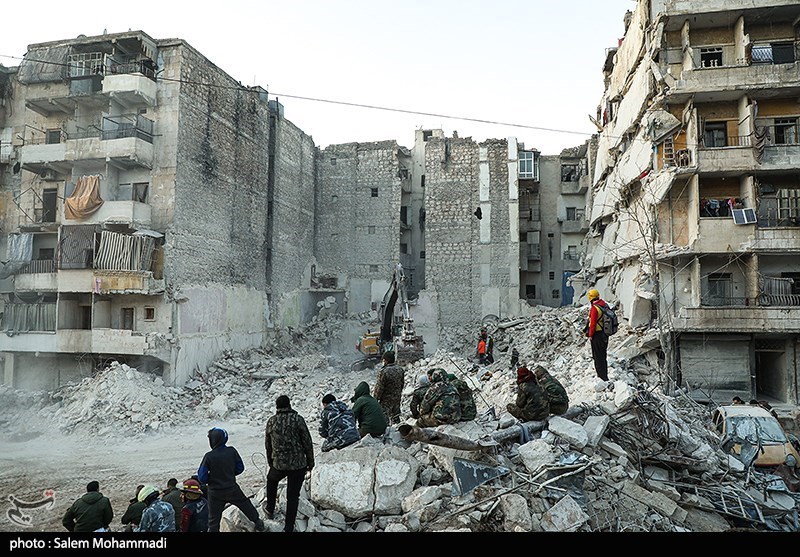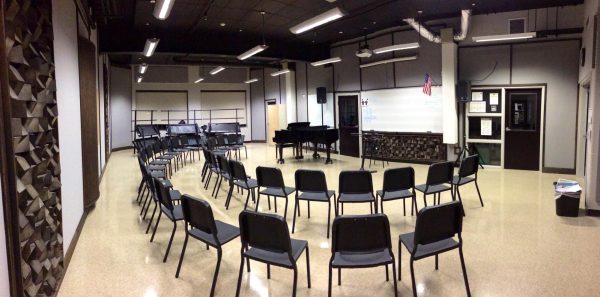A Devastating Earthquake in Turkey
On February 6, a massive earthquake close to Turkey’s border with Syria, caused major loss of life and leveled entire neighborhoods. It was a golden year for the country, with stunning beaches and historic cities. It was set to be a revival for tourism after the pandemic; however, a devastating disaster struck.
Two decades ago, Professor of Natural Hazards Science, John McCloskey, drew a red line on a map of southeastern Turkey to pinpoint where a large earthquake would strike. The only question was: When?
The answer came when a magnitude-7.8 seismic shock hit the precise location that McCloskey and his team had identified. The earthquake killed over 50,000 residents in Turkey and neighboring Syria at 4:17 a.m., when most people were asleep.
The work of removing rubble and demolishing damaged buildings has begun, and the United Nations estimate that 1.5 million people were made homeless by the earthquake, and government agencies are working to care for them, setting up tents cities, and opening hotels and refugees.
Prof. McCloskey, who is based at the University of Edinburgh, said the death toll will climb much higher.
“It will be closer to 100,000 when the dust settles. If we ever know. I don’t think we will ever know. The people I know in Turkey are already talking about 70,000 or 80,000,” he commented in an interview for the Derry Journal.
Mccloskey explained that Kahramanmaras earthquake was one of the worst on record in an area prone to seismic events.
“Southern Turkey and Southeastern Turkey are very densely populated, and it was a very bad earthquake. Historically in that area, earthquakes have been usually around magnitude seven on the Richter scale or generally in the low sevens. This was 7.8. It was nearly 7.9,” the academic stated.
One of the many misfortunes that the catastrophe brought upon was Turkey’s tourism industry, while this pales in comparison with the suffering of those in the shock, tourism is extremely important for Turkey’s economy and the lives of many depend on it.
This catastrophe has profoundly changed the lives of millions of people, showing how in just an instant, everything can change.

Ashley Torres is a senior and this is her third year in journalism. She is the Editor-in-chief. In addition to being part of The Blackman Voice, she runs...











